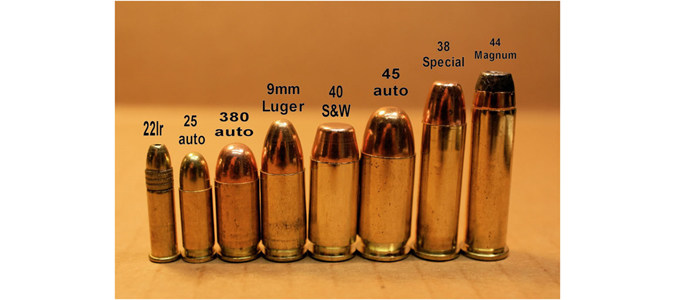I've always liked this test myself. Simple yet clearly indicative. Because it speaks to what so many get confused with, Stopping The Threat vs. Killing Someone.
https://youtu.be/4MPSDjJQIv4
This is where we who have firearms for protection against humans differ from those on a woods walk. Or we can also say the difference between hunters.
Somewhere along the line the meaning/idea got twisted and put forth and the internet helped perpetuate falsehoods and misconceptions about the roll of the firearm as a personal defense weapon.
Along came some who tried to use data gathered from so called experts and apply it in the civilian world while completely missing the fact either out of their own misunderstandings or outright distortions.
Because the role of the firearm among police forces are the same as it is among the civilian population. The roll of the firearm as a personal defense weapon is to Stop The Threat not kill someone.
These debates, these types of threads are all over the internet. On every gun forum, and the same conclusions are always met. Only some try to rap their points of view up as if it's anymore legitimate because it has a so called expert or entity behind it. And yet private test using the same criteria can show opposite points of view.
The question then becomes, "who's selling what and why".
I don't need any statistics from inside a lab or any so called expert claiming this, that or the other. And I certainly don't need the fear and hype being sold from the other camp.
Watch that demonstration again and pay close attention to it.
Remembering what your concept of personal protection is all about.
And there is no such thing as a 'one stop shot'. Like hand grenades and horseshoes if that happens it was more luck than anything else.
Shock to the body !
The 12 inch min. sold by certain groups is to account for heavy clothing and body mass. They teach central mass hits because it's the biggest target on a human body and moves less. Certainly makes sense.
Just try to understand this, Shock is what kills you.
The 1986 FBI shootout in Florida was a real eye opener, an eye opener for so many reasons. Two people with the understanding of how to fight, the will to fight, and as the autopsy showed not under the influence of anything but pure adrenalin.
While using the correct weapon system for that fight. Every wound they received up until the point blank shots to the head where survivable. Including the shotgun blast.
One can only image had those two been under the influence of hallucinogenics like PCP or Bath Salts what may have occurred.
These are the types who scare me the most, because they are extremely vicious as later was discovered in how many others they murdered. They had the same mentality as this older escape on the run has up in New York.
And I truly hope I myself never run across these types of people.
https://youtu.be/4MPSDjJQIv4
This is where we who have firearms for protection against humans differ from those on a woods walk. Or we can also say the difference between hunters.
Somewhere along the line the meaning/idea got twisted and put forth and the internet helped perpetuate falsehoods and misconceptions about the roll of the firearm as a personal defense weapon.
Along came some who tried to use data gathered from so called experts and apply it in the civilian world while completely missing the fact either out of their own misunderstandings or outright distortions.
Because the role of the firearm among police forces are the same as it is among the civilian population. The roll of the firearm as a personal defense weapon is to Stop The Threat not kill someone.
These debates, these types of threads are all over the internet. On every gun forum, and the same conclusions are always met. Only some try to rap their points of view up as if it's anymore legitimate because it has a so called expert or entity behind it. And yet private test using the same criteria can show opposite points of view.
The question then becomes, "who's selling what and why".
I don't need any statistics from inside a lab or any so called expert claiming this, that or the other. And I certainly don't need the fear and hype being sold from the other camp.
Watch that demonstration again and pay close attention to it.
Remembering what your concept of personal protection is all about.
And there is no such thing as a 'one stop shot'. Like hand grenades and horseshoes if that happens it was more luck than anything else.
Shock to the body !
The 12 inch min. sold by certain groups is to account for heavy clothing and body mass. They teach central mass hits because it's the biggest target on a human body and moves less. Certainly makes sense.
Just try to understand this, Shock is what kills you.
The 1986 FBI shootout in Florida was a real eye opener, an eye opener for so many reasons. Two people with the understanding of how to fight, the will to fight, and as the autopsy showed not under the influence of anything but pure adrenalin.
While using the correct weapon system for that fight. Every wound they received up until the point blank shots to the head where survivable. Including the shotgun blast.
One can only image had those two been under the influence of hallucinogenics like PCP or Bath Salts what may have occurred.
These are the types who scare me the most, because they are extremely vicious as later was discovered in how many others they murdered. They had the same mentality as this older escape on the run has up in New York.
And I truly hope I myself never run across these types of people.




